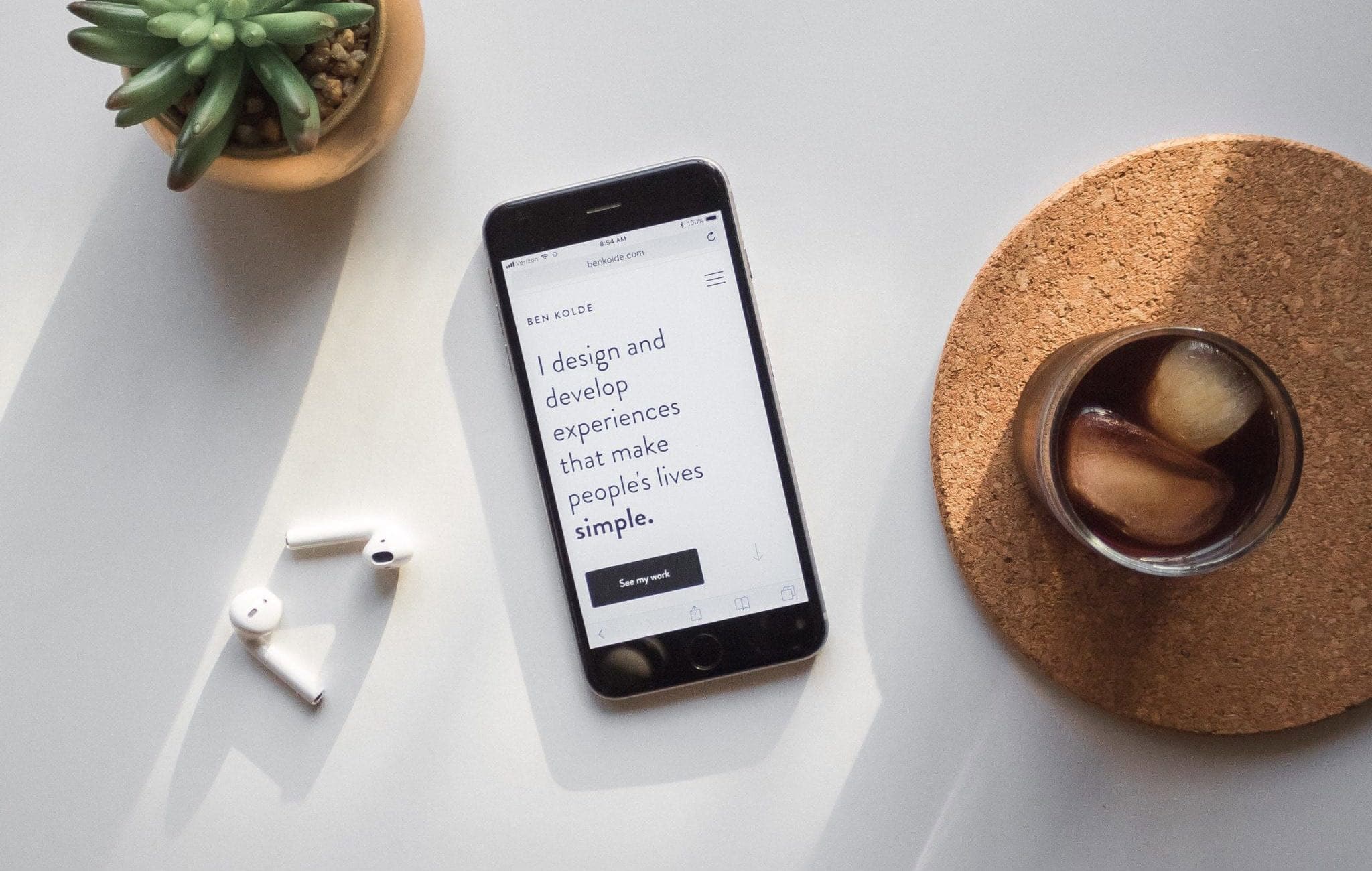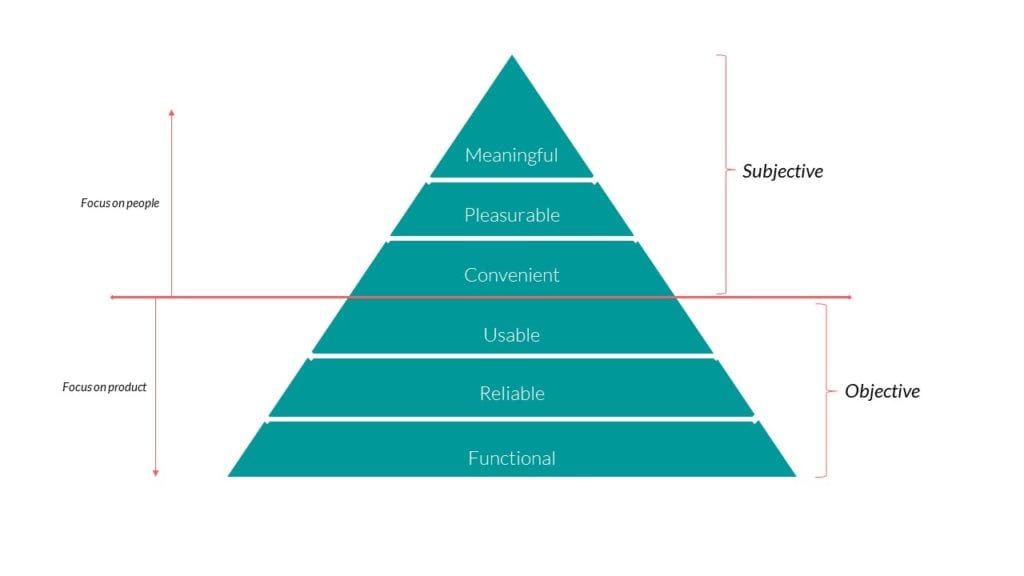
Guest Post – Does Your Business Provide a Delightful User Experience?
By Sandra from yUXer
Have you ever wondered how your clients feel when leaving your website or what they said to a friend about your services?
It might sound simple but there is a whole field that aims to study and design the experience that a product or service provides to a customer.
I personally have made purchase decisions based entirely on how the company’s website made me feel. For example, there is one site and only one where I would go to book my holiday flights. Why? Because I have been bitterly bitten by awful airline websites that made me decided never to come back.
I want to tell you today about why you should pay attention to the experience you provide and how you can design it.
What is User eXperience (UX) and why entrepreneurs should care
UX stands for User experience and it refers to the overall personal experience that someone has while interacting with a product or a service.
There is UX in everything that is around us. UX applies to every product or service regardless of whether it is physical or digital. Think every time that you enter a Starbucks store compared to other coffee shops. Remember how you felt after booking those air tickets online last time.
How a client or a reader feels when completing a task or receiving a service determines their next actions. Whether they decide to recommend such a product, request a new service or simply never come back again, depends entirely on how you as a business owner made them feel while using your products.
A client’s experience can be frustrating or delightful, and that is why UX has a direct impact on the success of every business.
UX can be designed, that is where companies like Google, Apple, and Starbucks spend a lot of resources. However, designing UX for your business does not have to be an overhead or a huge expense.
There are an infinite number of parameters that contribute to the UX but don’t panic, this is not rocket science.
I want to start by clarifying the questions that I always get asked by business owners:
- Is it expensive to have good UX? – It doesn’t have to be.
- Do I need special skills to implement good UX? – Not really.
- Do I need a specialist to help me to have good UX? – Not necessarily.
- Should I invest time and effort in good UX? – Definitely yes!
What does a business gain by investing in UX design?
The early focus on the UX will reduce the efforts needed for developing your product.
If you create your products yourself, imagine spending less time deciding how to do it and more time talking to your audience and getting to know them better.
If you outsource the creation of your products and you pay per hour imagine spending fewer dollars and having less random rounds of feedback.
+UX – design/development expenses
+UX – unnecessary features
+UX – resistance to convert
User experience research allows you to understand what a user probably will do based on their thinking and behaviours.
It also allows you to define a long-term strategy that aims to satisfy your audience so you can keep your business relevant. In the long term and while your business grows, it will allow you to reduce personal bias involved in a product design decision.
Levels of UX
UX is not about making your products or web pages look pretty. It is about making the users love it, adopt it and convert.
Yes, UX is about conversion!
Spending time and effort to analyze the experience that you are providing will result in easier and more assertive decisions for your business.
Imagine if you could make your potential client design your product and then pay for it. I know it sounds crazy but this is exactly what UX is about. UX is about products that come from intimate customer contact.
There are different levels of experience to achieve and you can decide which level of experience is the most appropriate for each of your products and services.

The image above shows you what is called the user experience (UX) pyramid where the three bottom levels define an objective experience focused on product features. These bottom levels guarantee that the product works and is usable.
This will be the very minimum UX level that you will need to ensure for your products and services.
If your products are not functioning reliably then there is a fundamental issue needs to be addressed.
The top three levels define a more subjective experience and are focused on how you make your audience or clients feel.
These levels are the ones that will have an impact on the client’s next action. Convenience can encourage frequent uses of the product. This level will guarantee your clients come back.
When a client finds his/her experience with a product enjoyable, he or she is more likely to recommend the product. This level will guarantee that your clients spread the voice about your products or services.
The highest level of UX is achieved when a client has a delightful and meaningful experience. Normally, products who achieve this level represent a change in the lives of their clients. This is the case when the product helps them to acquire a skill or change a behavior that improves their lives.
This level guarantees that your clients will love the product and will have a deeper connection with your brand and any future products.
Could you identify at which level your website is now? What about your digital products?
How to find out what kind of user experience are you providing and “fix” it?
Identifying your user experience as you can imagine is not exactly an easy task but more important than that you can’t do it alone.
I do not mean you need to rush to hire a specialist, I mean you need to talk to your users. By users, I mean your audience, anybody who gets in contact with your brand, services, products or online presence.
The very first thing you need to have in place to start working towards an enjoyable experience is a two way communication channel with your audience.
The most efficient way to assess the user experience you are providing is to have a selected group of users that represent your target audience and do some deeper analysis of their character and motivations.
If you would like to start discovering who you are attracting and what is their experience while using your products, we have a full guide to establish a two ways communication channel with your audience and start collecting honest and useful feedback.
How to start designing a delightful UX?
To make your audience feel like your products were designed specifically for them, you need to get to know them…very well.
This is where UX research comes in handy. User experience research starts by identifying the smallest details about your audience.
The very first thing to do is define the target audience for your product or service and analyze your current audience (who are you already attracting).
There are tons of methods to achieve this. My personal favorite (after years of trying many of them) are user interviews.
User interviews are conducted on a one-to-one session with a representative of your audience. Normally, within your audience, you will have different types of profile (e.g. solopreneur, start-up, medium-sized businesses)
The idea of the user interviews is to go deeper on the behaviors, triggers and characteristics of each of your target profiles.
These sessions will be open but guided conversations where you get to know your target audience on a deeper level.
The insights that you gain during these exercises will become the reference points for any business decision that you do in the future.
The goal is to have a business strategy that connects your clients’ needs with your business goals.
If you understand what your customers really need and how they behave, you can craft achievable goals with a set of moves based on how your customers will respond.
In summary
You need to start today looking into what kind of experience you are providing to your clients,
getting to know what your audience thinks and their triggers to take action is the first step.
You will find that there is so much to cover in regards to providing a great user experience, but the good news is that it doesn’t have to turn into another overwhelming set of tasks to add to your agenda.
You can decide to do as little as you can and still have a huge return.
UX is not about implementing a whole process from A to Z. Independent tasks can give you enough information to start (re) designing your website.
You can choose to focus on a different aspect each month. Within 3 months, you will already have enough information to decide what you really need to do on your website to provide better user experience and therefore increase your chances of conversion.
Want to learn more about user experience and conversion? Visit us at yUXer.com
Sandra is the creator of yUXer.com. yUXer is all about web design, user experience research and design and audience analysis. We help entrepreneurs run efficient audience research to understand their behaviours and be able to make more confident business decisions.

